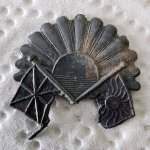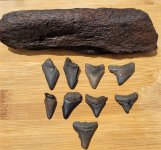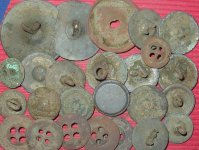I have been looking lots in the rovers and landslide areas locally and there is some gold found in the quartz and also some loose gold found in the rivers (snorkeling for it to look). I have found pyrite pieces in what seems to be nothing but slate, random globs of t. would it be worth cracking open such rocks to look for gold as well, or is the quartz vein a better use of energy and time?
Upvote
0





